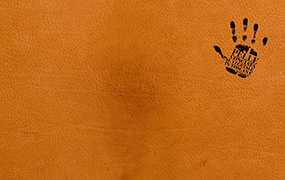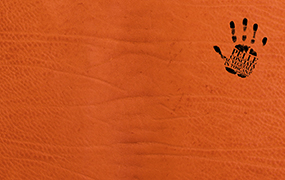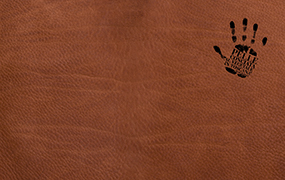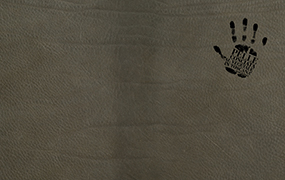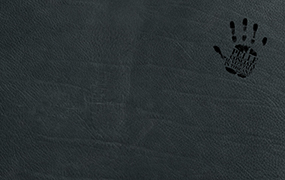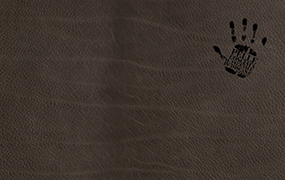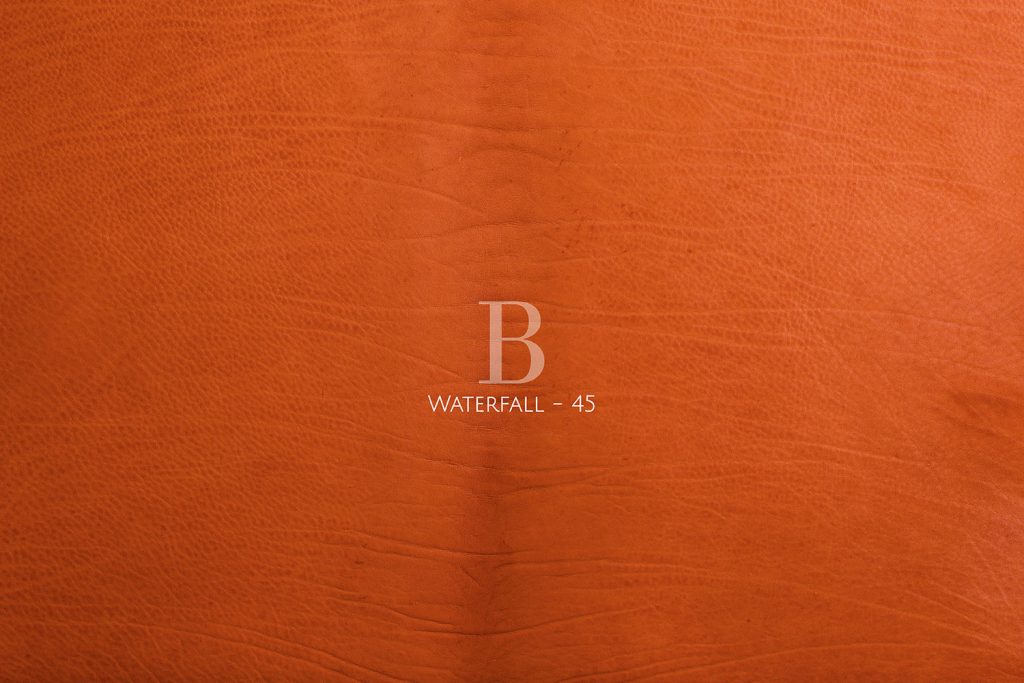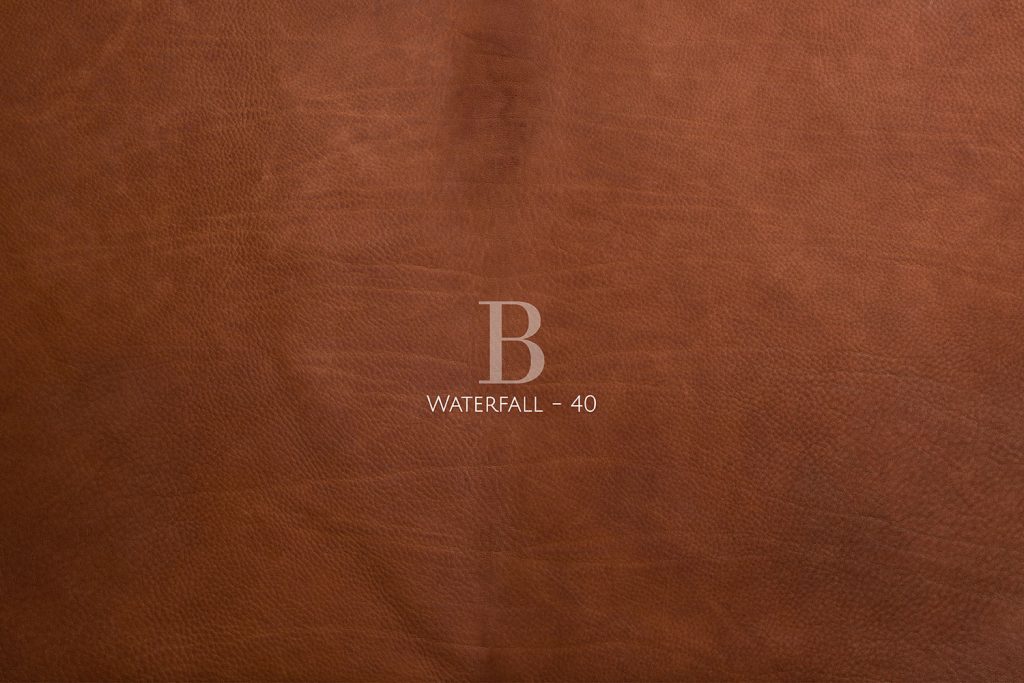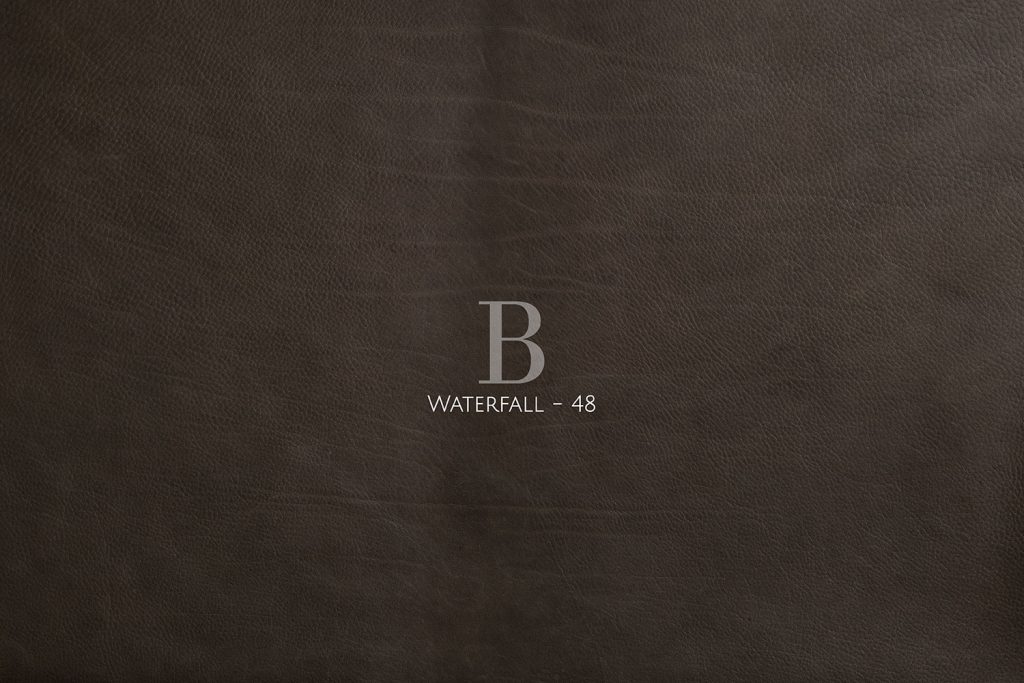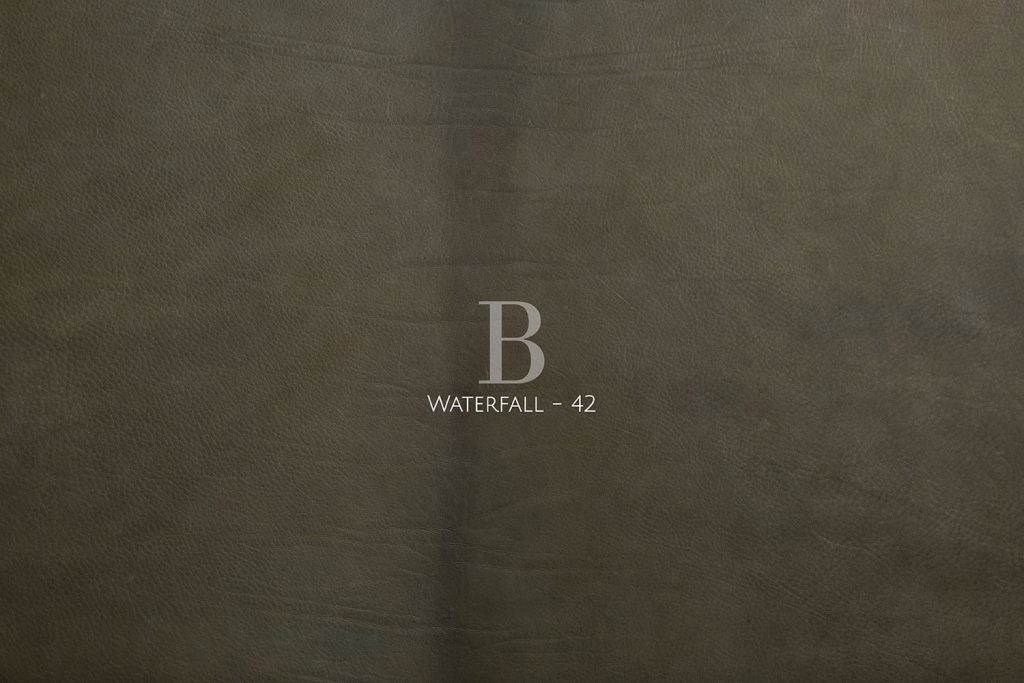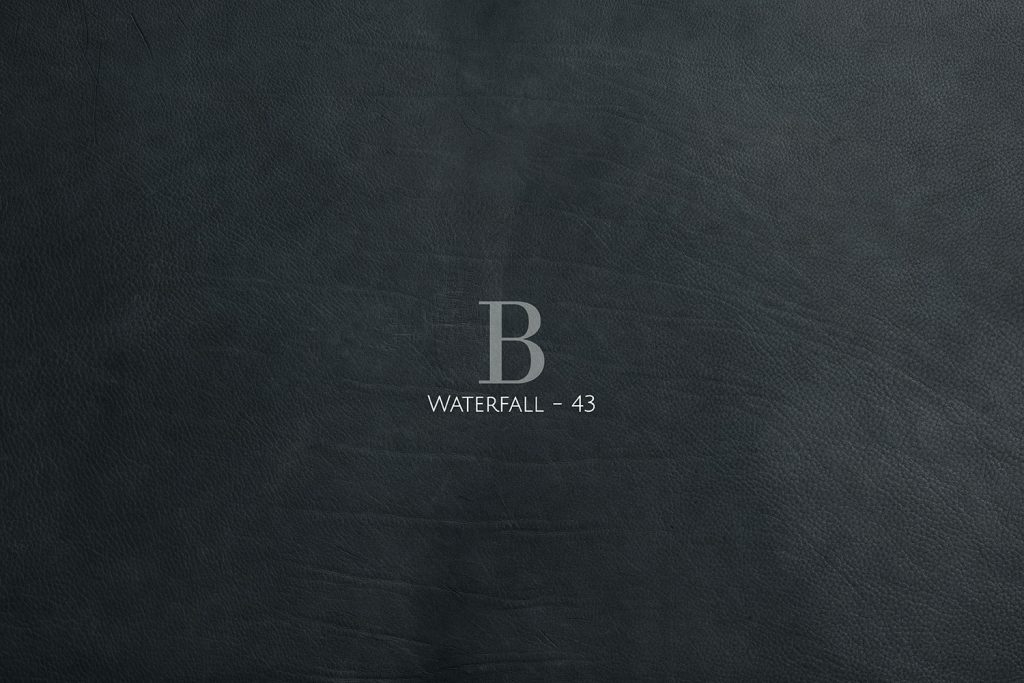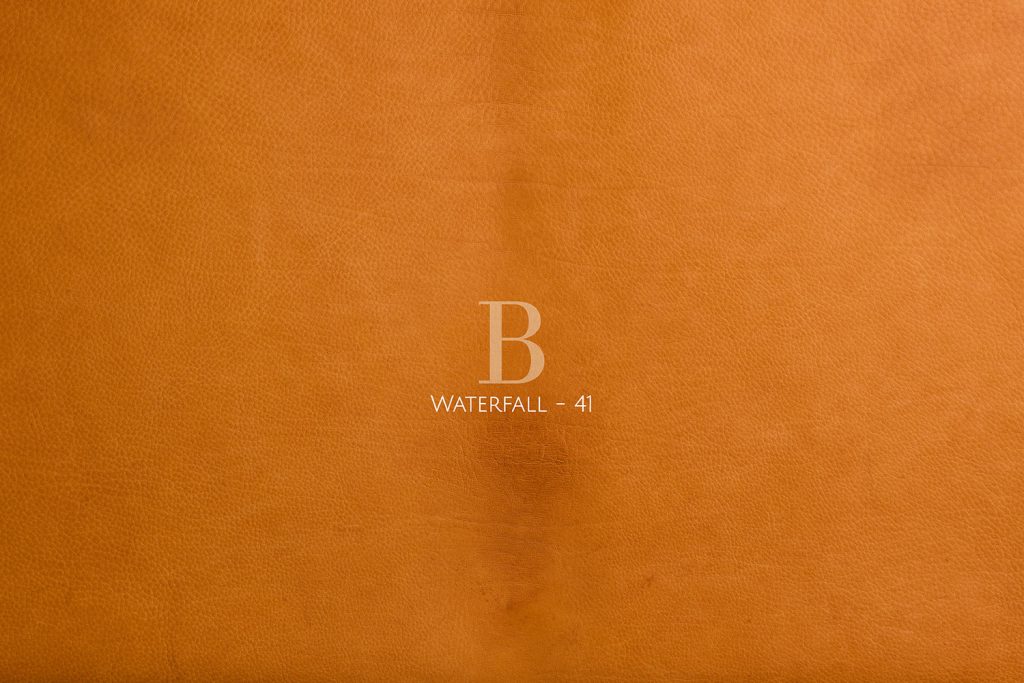
WATERFALL
Waterfall leather is natural and magical at the same time.
Waterfall is natural because it is” vegetable tanned” that is, the transformation of animal skin into leather is made using vegetable tannins. The tannins are obtained from the trunk and bark of trees such as chestnut, quebracho and mimosa, with an entirely natural process.
The tannins are extracted from the by-products of the woodworking industry, thus without depleting forests. Vegetable tanned leather is completely biodegradable and indicated for anyone particularly sensitive to metals and synthetic chemical products. our leathers are free or chrome, pentachlorophenol, benzidinici and azo-colorants.
Waterfall is magic because its specific treatment maintains a warm and enhancing appearance and, at the same time, makes this leather waterproof.
When in contact with a liquid, waterfall rejects it by levering on the presence of the natural oils absorbed during tanning and the effect is amazing!
A beautiful material in a private environment at risk of “accidents”, such as a game room, a home cinema or a living used by children, and perfect for public places, where otherwise stains would be the standard.
Note: different shades and any color differences are due to the use of natural materials.
Keep watching
Technical description
Category: L11
Thickness: 2.0 – 2.2 mm
Leather type: cow shoulders
Origin Raw material: Francia cow hide shoulder
Tanning: vegetable
Dyeing: drum dyed through
Finishing: water-repellent both on the surface and inside the fibre.
However, it is advisable to remove stains of greasy substances, food, and everything that is not water-based as soon as possible: open pores on leather could partially absorb liquids or leave halos.
Grain type-look: water-repellent with greased feel
WATERFALL leather finishing
Water-repellent both on the surface and inside the fibre. However, it is advisable to remove stains of greasy substances, food, and everything that is not water-based as soon as possible: open pores on leather could partially absorb liquids or leave halos.
The Tanning
The process of tanning, that is the transformation of animal skin into leather, is called “Concia al Vegetale” (Vegetable Tan) because of the exclusive use of vegetable tannins to perform this change. It is an entirely natural process. These tannins exist in the bark and trunk of trees such as chestnut, quebracho and mimosa. The tannins are extracted from the by-products of the woodworking industry, thus without depleting forests.
Biodegradable and Hypoallergenic
Vegetable tanned leather is completely biodegradable and indicated for anyone particularly sensitive to metals and synthetic chemical products. Our leathers are free or chrome, pentachlorophenol, benzidinici and azo-colorants. All the colors used in our production are strictly to legal norms.
Color-fade resistance
Oils and waxes are essential to our tanning process, but it is very hard to fix and isolate them during the Aniline finishing process. Treatments “a VACCHETTA” may sustain natural color-loss through wet or dry rubbing.
Difference of colors
Another typical characteristic of the vegetable tanned leather is the slight variation of color from skin to skin which is due to the presence of natural oils. Also, on the same skin, one can immediately notice the classic bi-color effect of the “puntina nera”, where the uppermost part of the leather appears darker than that underneath.
Perfume
Vegetable tanned leather, treated and enriched with special oils, has an unforgettable perfume that brings us back in time, to when our fathers crafted these refined, rich leathers. To maintain this distinctive perfume, the leather must NOT be treated with solvents, pigments or resins.
Climate
In certain conditions of humidity and temperature the natural oils and creams used in the “nourriture” (the emollient phase) may resurface giving the leather a whitish patina called “repousse.” Vegetable tanned leathers behave differently than other leathers that present the same problem, as they return to their original state of suppleness and shine by simply rubbing them with a wool or cotton cloth. The repousse on vegetable tanned VACCHETTA leathers must not be considered a flaw or defect but rather a natural process. Time and use enhance the very quality and beauty of the leather itself.
Lightfastness
Another distinctive characteristic of vegetable tanned leather is the change in color it undergoes when exposed to a natural (sun) or artificial (electric, neon) source of light. Ultraviolet rays and the air itself are the principle agents in the oxidation that gives a yellowish hue to the cellulose of the tannins and determine this natural process called “Viraggio di Colore” (Veering of Color). The darker colors are not very affected by the change in hue. Meanwhile the natural colors, or the very light ones, are sensible to the veering and move towards a reddish hue.
A word of advice:
in order to avoid unpleasant surprises we advise all our client to take small precautions in view of their merchandise; rotate the objects, keep them away from direct sunlight. One must always remember that vegetable tanned leather is a natural product and thus subject to change in time.
Conclusions
Vegetable tanned leather is such a natural product that one can recognize and appreciate all of its minute qualities, its perfume, veins, marks and nuance of color. All these characteristics are the authentic proof of a luxurious product of high intrinsic quality that becomes more beautiful and valuable through the passage of time and use.
https://www.youtube.com/watch?v=seZWV_ycFAM


